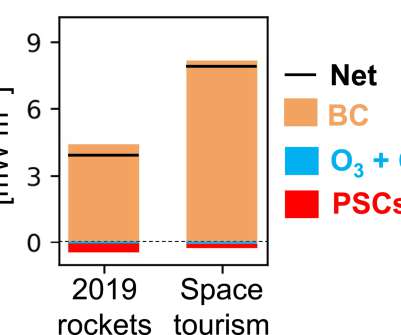China study connects ozone pollution to cardiovascular health
Green Car Congress
JULY 17, 2017
Exposure to ozone, long associated with impaired lung function, is also connected to health changes that can cause cardiovascular disease such as heart attack, high blood pressure and stroke, according to a new study of Chinese adults. The team studied 89 healthy adults living in Changsha City, China, for one year.

















Let's personalize your content